Skins, one and done or multiple transitions?
The average alpine touring outing involves much more skinning up the mountain than skiing down, making climbing skins one of the most important parts of any setup. These long, thin strips of fabric can make all the difference when you’re out on the mountain
- Author: Guido Valota
- Photographer: Elisa Bessega
Fifty years ago they were something of a mixed blessing, whereas these days they have just about attained perfection. If you get into trouble using a modern pair of skins, you must really be doing something wrong. Climbing skins (or just skins to those in the know) are manufactured using a semi-automated process. There’s still a lot of human input, and a lot of natural variation in the materials—like the hair of angora goats used for the mohair and mixed mohair/polyamide plush, one of the least stable raw materials in the supply chain. So when it came to the characteristics and performance of skins, we were used to a few seasonal surprises, as those who have been racing for many years know all too well. But R&D continued apace. Particularly in the last few years, we’ve seen the results on the snow, with some breakthroughs adopted across the board making a real difference, especially for less experienced tourers. In terms of factors that have changed the game in ascent, first place goes to smart glues. Second place to the fabric components—backing and plush—especially high-quality mohair/nylon mix with hydrophobic film at the base. But in terms of chemical treatment of the plush to improve glide and prevent ice build-up, since PFCs (perfluorocarbons) fell out of favor, there’s still no alternative that can hold up as well over time. So we all need to take good care of our skins right from the outset. But this isn’t a huge problem if the skins are good quality and have a waterproof membrane between the plush backing and the glue.
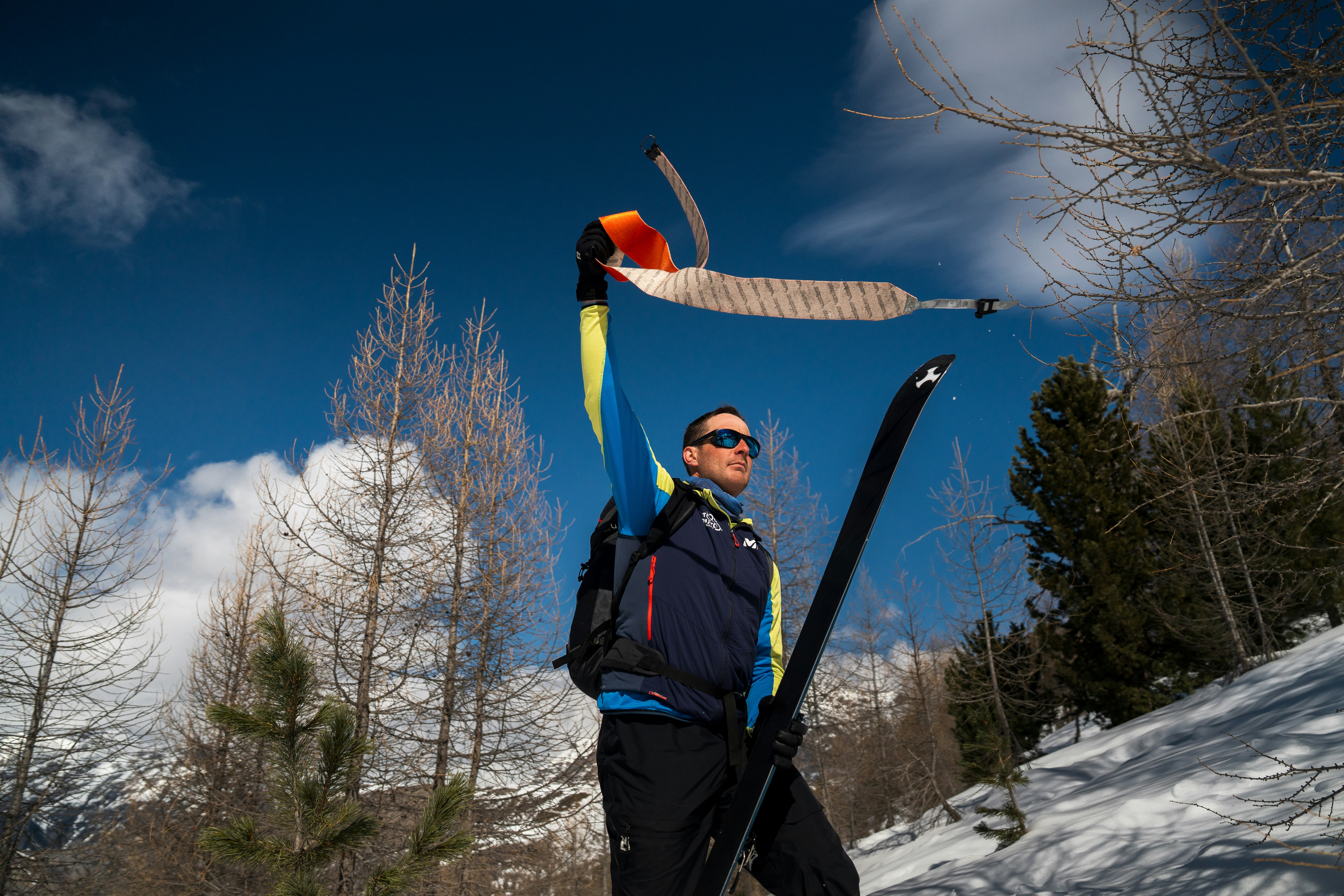
Waterproofing
This often gets overlooked. Maybe because the membrane or waterproof backing isn’t visible like the plush, isn’t tactile like the adhesive, and because you don’t even notice it’s not there if the snow is dry. And let’s be honest, skins with no membrane or waterproof layer between the backing and the glue cost a lot less, around half. But it’s important to note that no chemical treatment or plush wax can replace it. They’re two different things. If you’re lucky the treatment can stave off disaster for a few minutes, but moisture seeps through from the edges and the skin soaks it up like a paper towel, then curls up and unsticks from the ski. Not that a waterproof membrane is failsafe, anything can happen, but it does avert disaster in most situations—almost all, in fact—when a cheaper skin would mean you’d have to turn back.
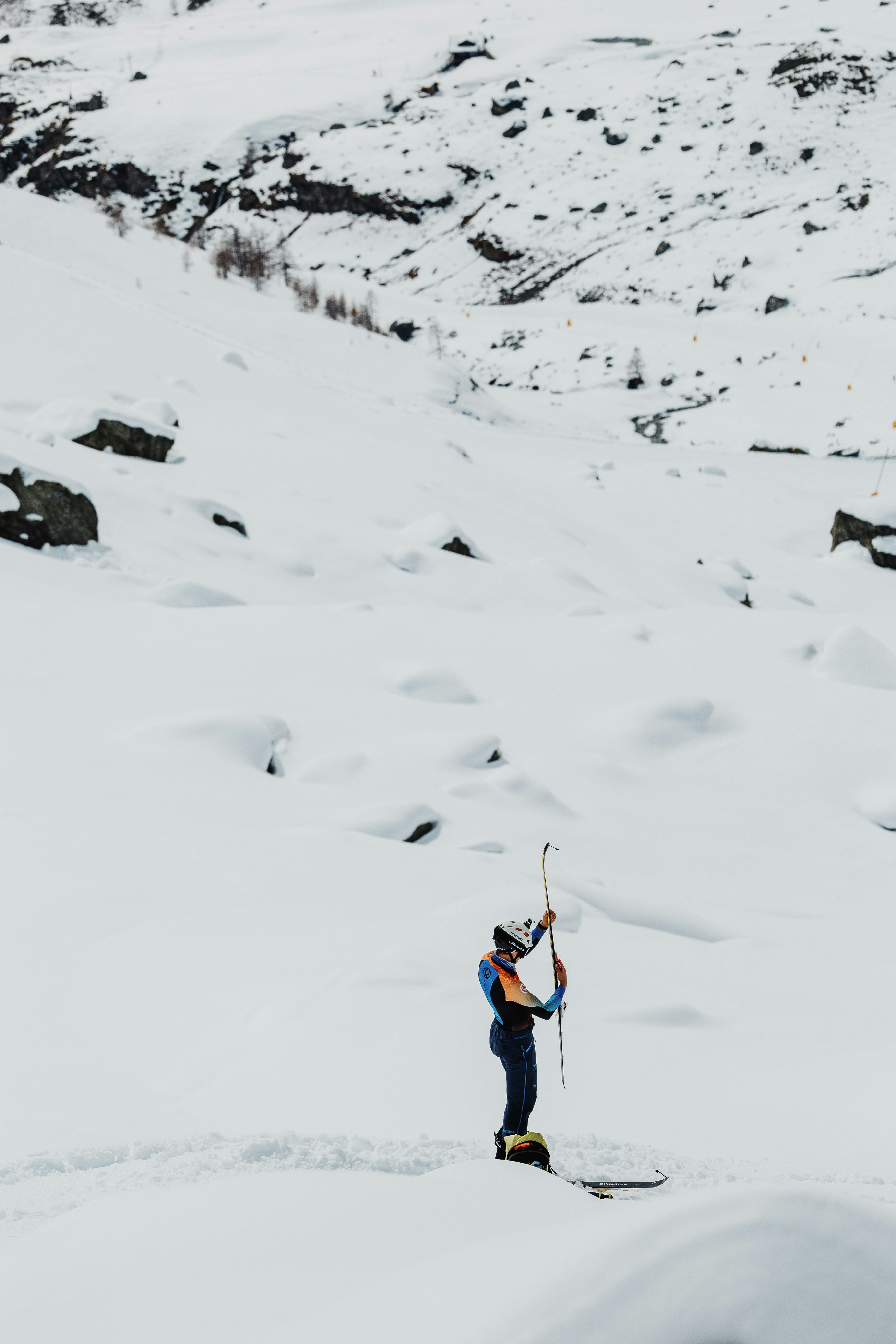
Choosing the right plush
We generally choose climbing skins based on the material used for the plush (and rightly so). And if you don’t know exactly what it is you’re looking for, you ask the salesperson for a skin with grip. All skins have grip, don’t worry. To lose that purchase on the snow something needs to go wrong, and only in very few cases of human error do the skins make a difference. If the skin is in good condition it’ll grip well, even beyond human biometric capabilities, and in any case it’ll more than hold up even on a poorly judged skin track. And the two basic principles of skins holds true, all else being equal: A) fast skin = less grip, and vice versa; B) 100% mohair plush offers more glide than a mohair/nylon blend (using the fairly standard 65% - 35% ratio), which in turn offers more glide than 100% nylon models. But the skins that count, the ones that almost everyone opts for, the ones that work best in the infinite variety of conditions found on the mountain, are the first two. Blends have edged closer to 100% mohair models in terms of glide, not by much, but enough for demanding experts to notice. And the nylon component also supports the mohair fibers, reducing wear over time, especially around the edges when used on hard, uneven terrain. Enough to make this durability their USP, and a more important factor overall than the reduced glide. So here’s the lowdown for newbies and the indecisive:
- 100% mohair: for demanding, skilled, fast, experts who know how to move and read the terrain, and are prepared to replace their worn out skins more frequently. They make a big difference on cold snow. Nothing else will do for races and quality touring, and they’re an elite option for freeride. On piste they are less prone to wear, as you use your ski edges comparatively less.
- Mohair/nylon blend: suitable for all tourers, especially those who are always out on the mountain. But even if you’re new to the sport and don’t know what to do, you can’t go wrong with a blend. They provide slightly less glide than mohair models, but noticeably more grip, and are much more durable—especially for those who go looking for trouble. They more than meet the needs of specialists sitting at either end of the spectrum: fast, demanding skiers at one end, and riders who use them a lot less, but mainly on steep terrain on the other.
• • 100% nylon: these skins offer a lot less glide than the aforementioned options, but a lot more grip. Not even the legendary G3s make a big difference. These skins are built for riders who skin slowly but surely up to around 300 m above the lifts to find the perfect line, forced to take the steeper high track by their boots’ limited ROM, especially to the rear.
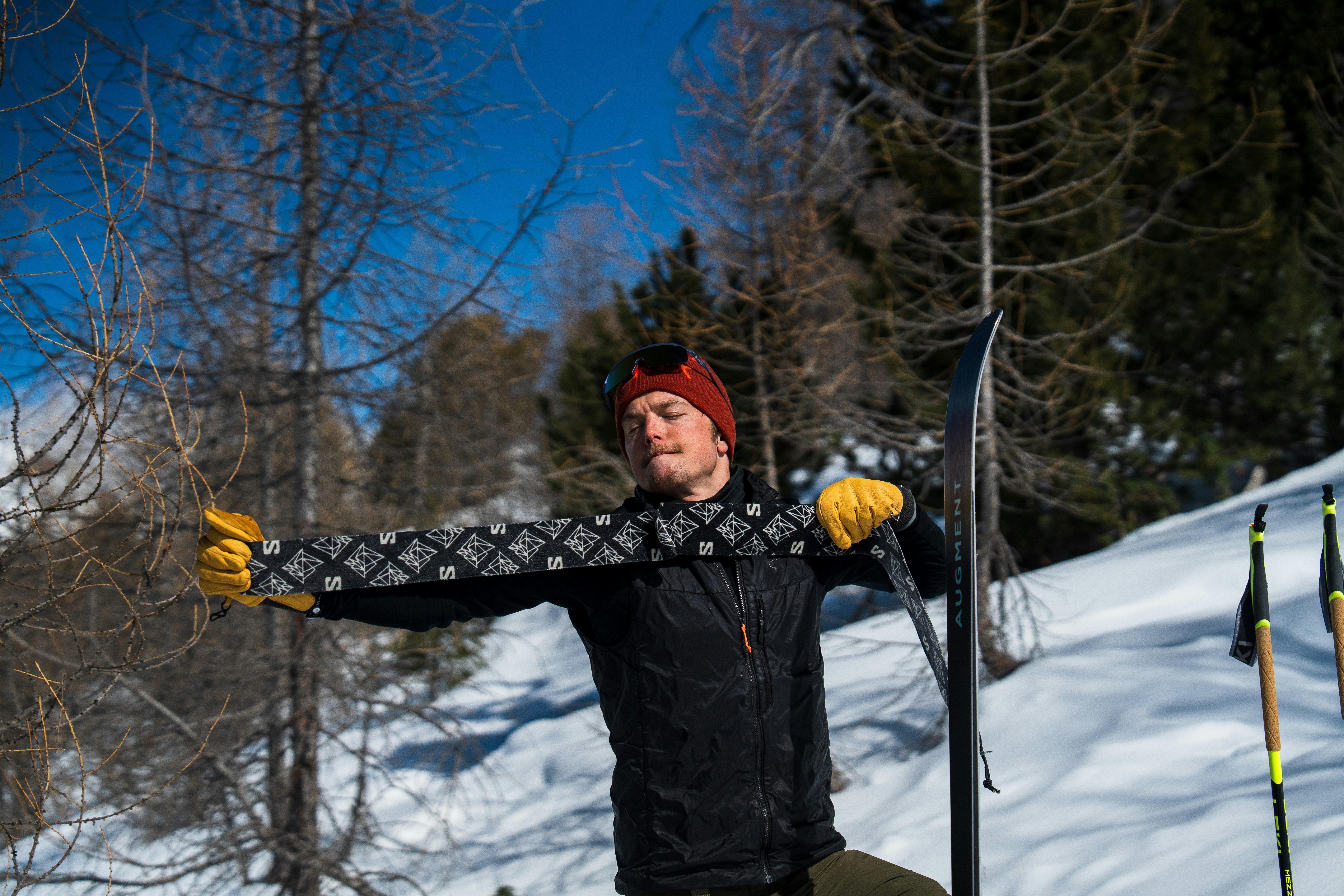
And the glue?
Once common problems with adhesive are at this point nothing more than a distant memory. No longer does it all collect in one place, leaving other parts of the skin bare. No more glue on the base of the ski, no more skins detaching from the ski at precisely the wrong moment. Instead we have new smart, hybrid, or acrylic glues, which adapt well to wider general-purpose skis and winter temperatures. On the snow, almost all next-generation adhesives let you stick glue on glue, the fastest way to fold away your skins, no more fiddling around with netting or film on windy spots where it’s hard to keep your balance. They’re even washable and can be reactivated with special products. Traditional hot glues, with better tack, can be found on race skins for obvious reasons of reduced surface area, but are now far more reliable than we would have dreamed of even ten years ago. And gel adhesive, aka vacuum skins? They’ve all but disappeared. The idea was a good one; they were supposed to be easier to apply, and especially remove, from wider skis. And they were easy to wash, for those not-infrequent occasions when a skin gets dropped and picks up a generous handful of pine needles. The gels weren’t sticky, they had no tack, you could even roll the skin away plush on gel. But we’re writing about them in the past tense as they were a commercial failure. In the traditionalist world of touring there’s a lot of mistrust towards new outside-of-the-box products, and the gel skins almost required more work than they were intended to save, firstly as the surface of both the skin and the base had to be perfectly even. It would just take a gust of powder or a base full of gouges and the skins wouldn’t attach properly. And if you accidently folded them away gel on gel, they were basically useless. The new hybrid glues, which combine tack and vacuum, are a far safer bet, even easier to wash, and are easier to remove even in cold temperatures.
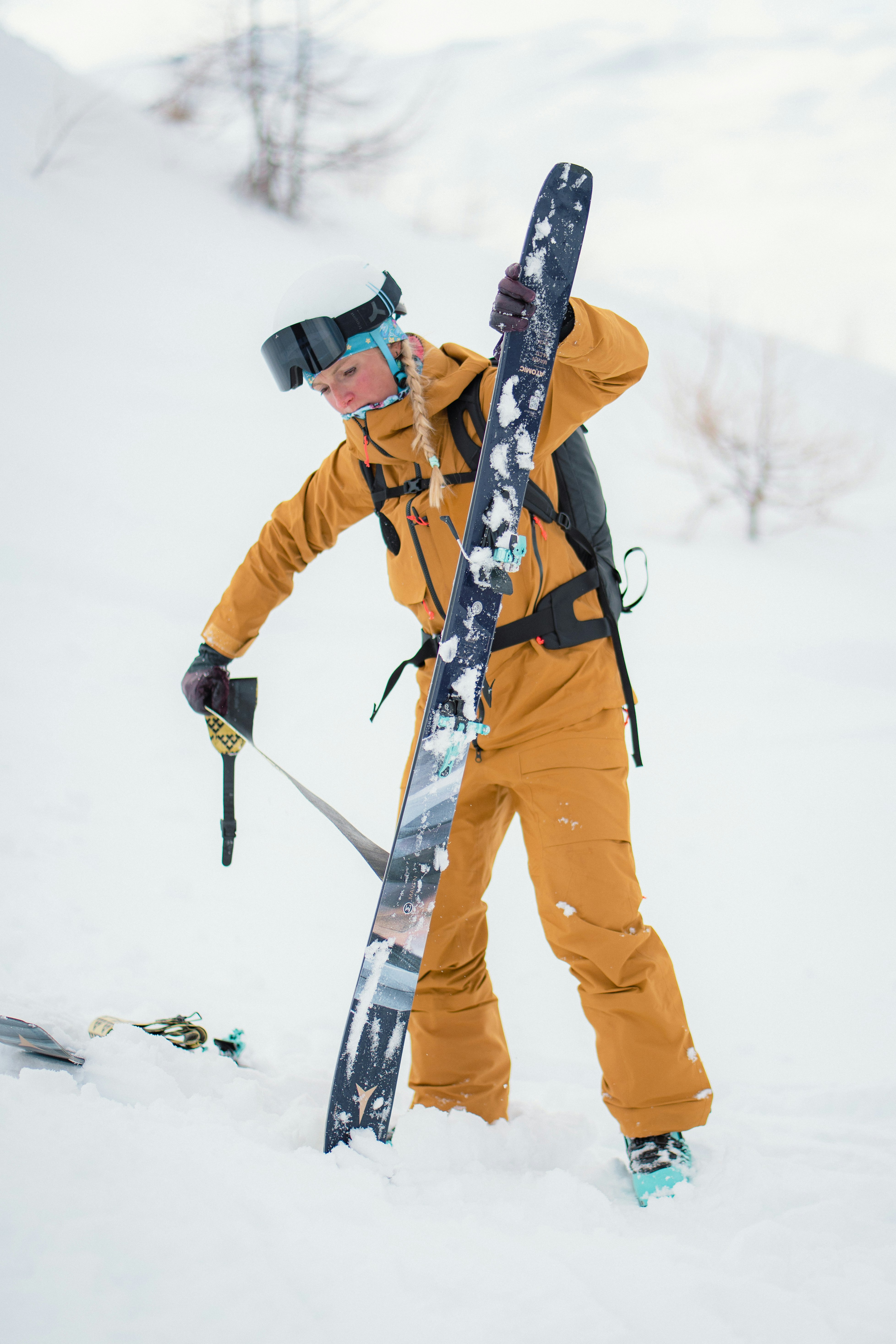
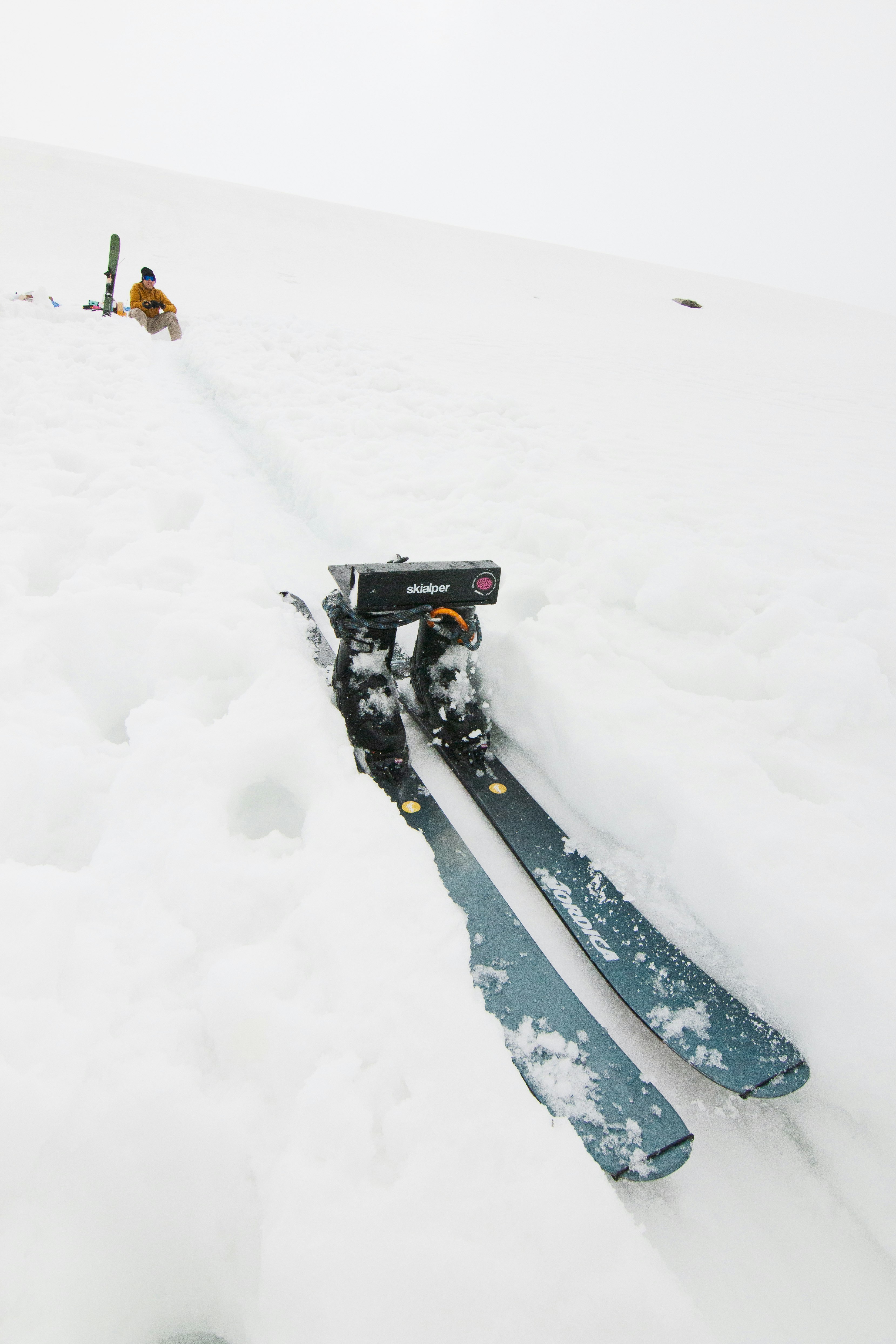
We carried out specific tests for glide and waterproofing—excluding race skins, which we just tested for waterproofing. To test glide we always used the same ski (Armada Locator 88, 172 cm), taking it up a slope near the Cime Bianche above Cervinia, with a gradient of 18% at the start and 7% at the end. The test took place on wet spring snow with an air temperature of 4°C. Using a race photocell camera, we recorded the time taken to cover a distance of 34 meters (around 110 feet), as well as the maximum distance covered by the skis during the test. In the bindings we placed boots and a 30 kg (66 lbs.) weight,
to simulate a person. The data collected, which you can find alongside the product reviews, include speed, time, and total distance.
For waterproofing (over time, meltwater tends to seep through the edges of the skins), we weighed the skins dry, immersed them in a bucket of water, then weighed them again. We should emphasize, though, that this is only a partial test that measures the skins’ performance under just one of the many real-world conditions you might come across. Also, the skins tested were all new. This explains, for example, the excellent performance of the mohair/nylon skins compared to full mohair, which should surpass the blends after a breaking-in period.
Share this article

